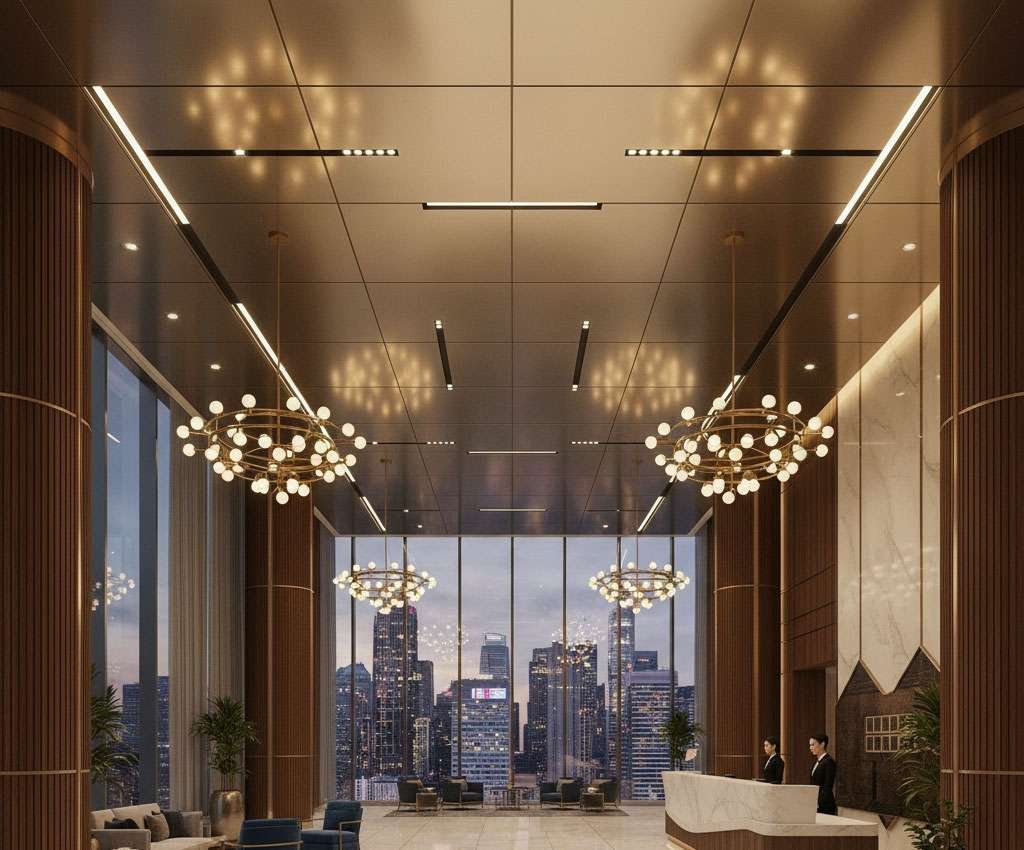Understand Stainless Steel
Table of Contents
Stainless steel is a type of steel that contains at least 10.5% chromium, which provides it with its characteristic resistance to corrosion. This steel is widely used in various industries and applications due to its unique characteristics, making it one of the most popular materials for many different types of products.
Definition of Stainless Steel
Stainless steel is a type of steel alloy that contains a minimum of 10.5% chromium content by mass. The addition of chromium gives the steel its unique properties, including its resistance to rust, corrosion, and staining.
Classification of Stainless Steel
Stainless steel can be classified into four major categories based on its microstructure: austenitic, ferritic, martensitic, and duplex.
In the stainless steel decoration engineering industry, the most commonly used ones are stainless steel 201 #, 304 #, and 316 #.
Austenitic stainless steel has a face-centered cubic (FCC) crystal structure, which provides it with its excellent formability and weldability. It has excellent corrosion resistance and is commonly used in the food industry and for decorative purposes. Mainly consisting of 200 series and 300 series.
Ferritic stainless steel has a body-centered cubic (BCC) crystal structure and is magnetic. It has excellent corrosion resistance in certain environments, including those with high chloride concentrations, and is commonly used in automotive and architectural applications. The American Iron and Steel Association identifies 430# and 446#.
Martensitic stainless steel has a body-centered tetragonal (BCT) crystal structure and is magnetic. It has excellent strength and hardness but is less corrosion-resistant than other types of stainless steel. The American Iron and Steel Association is indicated by numbers 410#, 420#, and 440#. Martensite has austenite structure at high temperature. When it is cooled to room temperature at an appropriate rate, the austenite structure can be transformed into martensite (i.e., hardened). It is commonly used for blades, cutlery, and other sharp objects.
Duplex stainless steel has a mixture of austenitic and ferritic microstructures, providing it with a combination of excellent strength and corrosion resistance. Compared with austenitic stainless steel, duplex steel has higher strength, significantly improved resistance to intergranular corrosion, chloride stress corrosion, and pitting corrosion. 329# is a typical duplex stainless steel. It is commonly used in the chemical and oil industries.
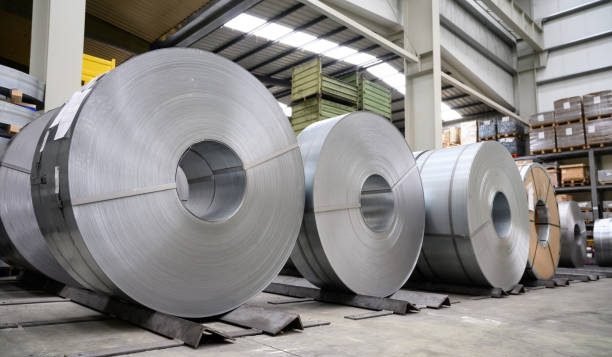
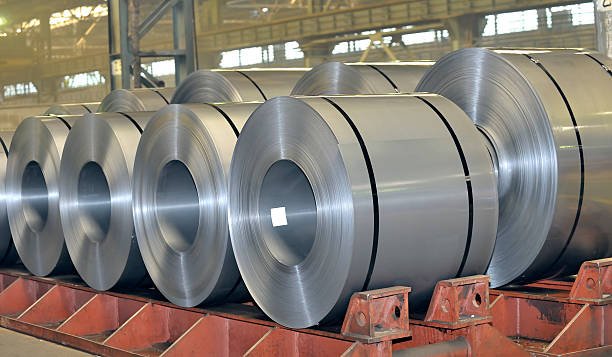
Composition
Low-nickel, high-manganese stainless steel
16-18% chromium
3.5-5.5% nickel
5.5-7.5% manganese
Austenitic stainless steel
18-20% chromium
8-10.5% nickel
0.08% carbon
2% manganese
0.03% sulfur
Molybdenum-bearing austenitic stainless steel
16-18% chromium
10-14% nickel
2-3% molybdenum
0.08% carbon
2% manganese
0.03% sulfur
Corrosion Resistance
201# is less corrosion resistant than 304# and 316# stainless steel, but still has good corrosion resistance in certain environments. So it is mostly used indoors.
304# has excellent corrosion resistance in most environments and is one of the most commonly used grades of stainless steel. So if it’s not a special environment or coastal area, 304 # is the best choice.
316# has excellent corrosion resistance in harsh environments, including exposure to chlorides for extended periods of time.
Applications
Cookware, sinks, residential and commercial appliances, auto trim, and wheel covers.
Kitchen appliances, food processing equipment, architectural materials, pharmaceutical equipment, chemical processing equipment, and marine components.
Marine hardware, chemical processing equipment, medical devices, food processing equipment, and heat exchangers.
Cost
201# < 304# < 316#
Stainless steel 201# is a cost-effective option that is suitable for many applications, while stainless steel 304# is the most commonly used grade due to its excellent corrosion resistance, durability, and aesthetic appeal. Stainless steel 316# is the most expensive option, but it offers the highest level of corrosion resistance and durability, making it ideal for use in harsh environments and medical applications. Ultimately, the choice of stainless steel grade will depend on the specific requirements of the application, including budget, corrosion resistance, and durability.

Stainless Steel In Decoration Engineering
Stainless steel is a versatile alloy that has become increasingly popular in decoration engineering due to its durability, strength, and aesthetic appeal. It offers unique properties that make it ideal for use in a wide range of applications, including furniture, architectural finishes, fixtures, and fittings. From its impressive resistance to corrosion to its sleek, modern design, there are many reasons why stainless steel is the material of choice for designers and contractors in the decoration engineering industry.
Applications
Stainless steel is commonly used in decoration engineering for indoor and outdoor applications due to its versatility and durability. Some of the most popular applications include:
Furniture
Stainless steel is commonly used in furniture design because it is strong, durable, and resistant to corrosion and staining. It is often used in modern designs for tables, chairs, shelves, and other pieces of furniture.
Architectural finishes
Stainless steel can be used to add a modern touch to architectural details such as handrails, balustrades, and cladding. Its durability and resistance to corrosion make it ideal for use in outdoor applications.
Sculptures
Stainless steel can be used to create modern, abstract sculptures that add a touch of elegance to any space.
Fixtures and fittings
Stainless steel fixtures, such as door handles, drawer pulls, and towel racks, are durable and resistant to corrosion and staining.
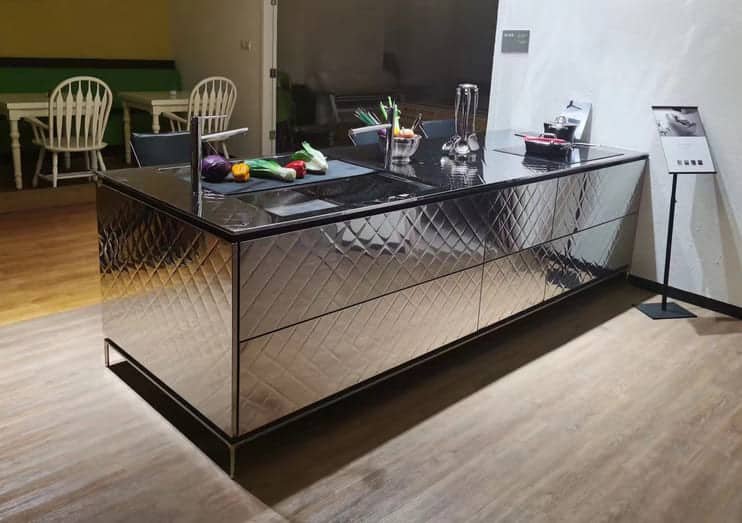
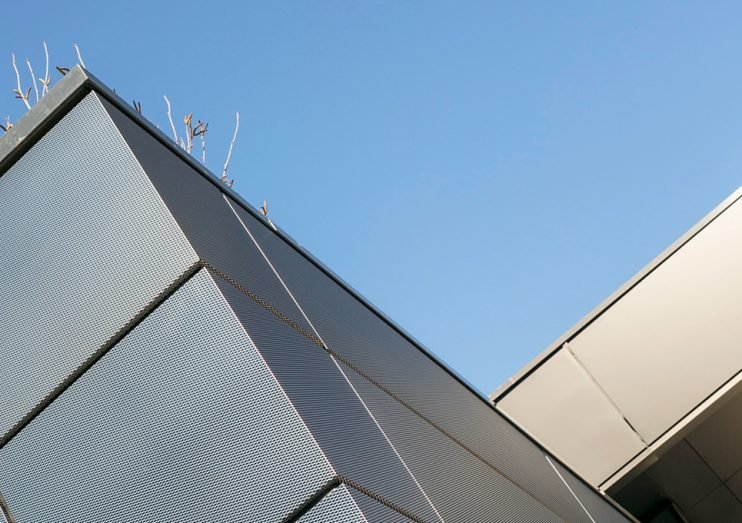
Advantages
Stainless steel offers numerous advantages as a material in decoration engineering:
Durability
Stainless steel is highly durable, resistant to corrosion, and can withstand harsh weather conditions. Its long lifespan means it is a cost-effective solution for decoration engineering projects.
Design
Stainless steel is a versatile material that can be customized to meet various design specifications. It can be brushed, polished, and engraved to create unique finishes and textures.
Aesthetic appeal
Stainless steel has a sleek, modern appearance that adds a contemporary feel to interior and exterior spaces.
Sustainability
Stainless steel is 100% recyclable, making it an environmentally friendly choice.
Customization
Stainless steel can be customized to meet specific design requirements. Some of the customization options include:
Finish
Stainless steel can be finished in a variety of ways, including brushed, polished, sandblasted, embossed and etched. The chosen finish can affect the texture and appearance of the material.
Color
Stainless steel can be colored using a variety of techniques, including pvd plateding, powder coating and anodizing.
Pattern
Stainless steel can be laser-cut to create intricate patterns and designs.
Shape
Stainless steel can be bent, formed, and welded to create custom shapes and sizes.
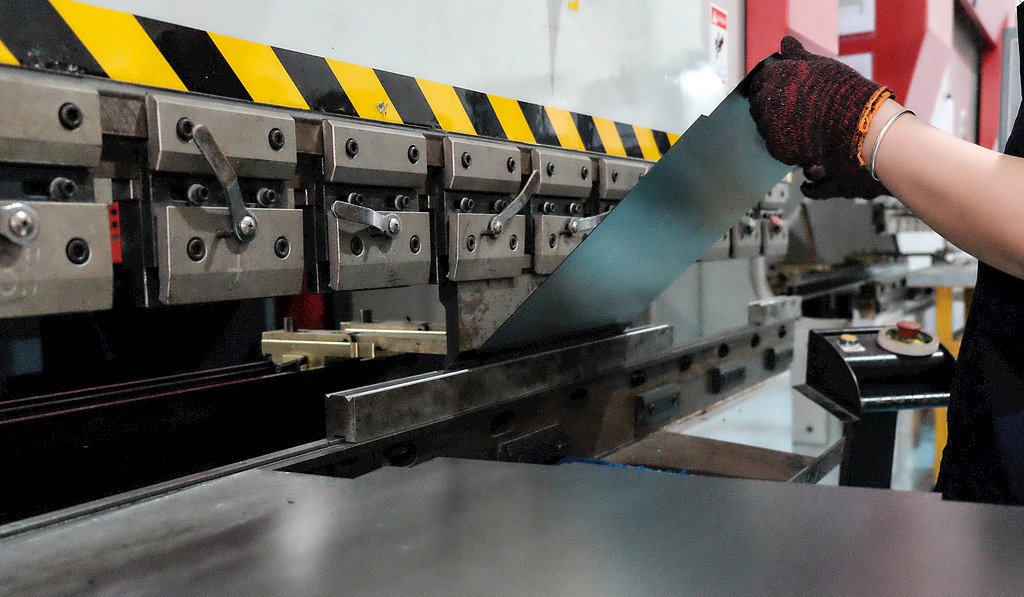
In Conclusion
Stainless steel is a versatile and durable material that is ideal for use in decoration engineering applications. Its corrosion resistance, durability, and aesthetic appeal make it a popular choice for designers and contractors in the industry. With the ability to customize finishes, colors, patterns, and shapes, stainless steel can be tailored to meet specific design requirements and create unique, modern, and sustainable decoration engineering solutions.
You Might Also Like
Please Share This
Recent Posts
- The Indispensable Role of Metal Decoration in Hotel Engineering
- Why Engineering Projects Need Professional Stainless Steel Customization
- Differences Between Indoor and Outdoor Metal Decoration and Material Selection
- Reinventing Urban Barriers with Stainless Steel Traffic Bollards
- Stainless Steel Road Bollards for Modern Urban Spaces

Whale Lee
" Engineering is not only the realization of technology, but also a deep understanding of clients' needs and innovative solutions. "
Email: whale@jyfmetal.com



